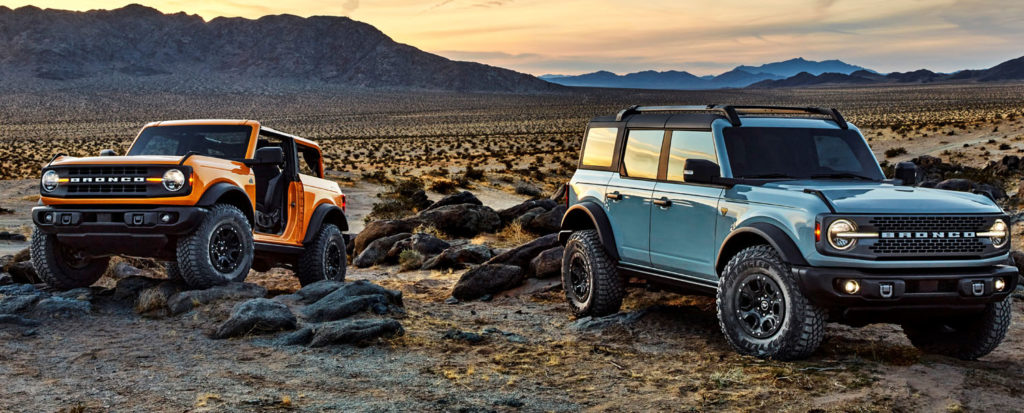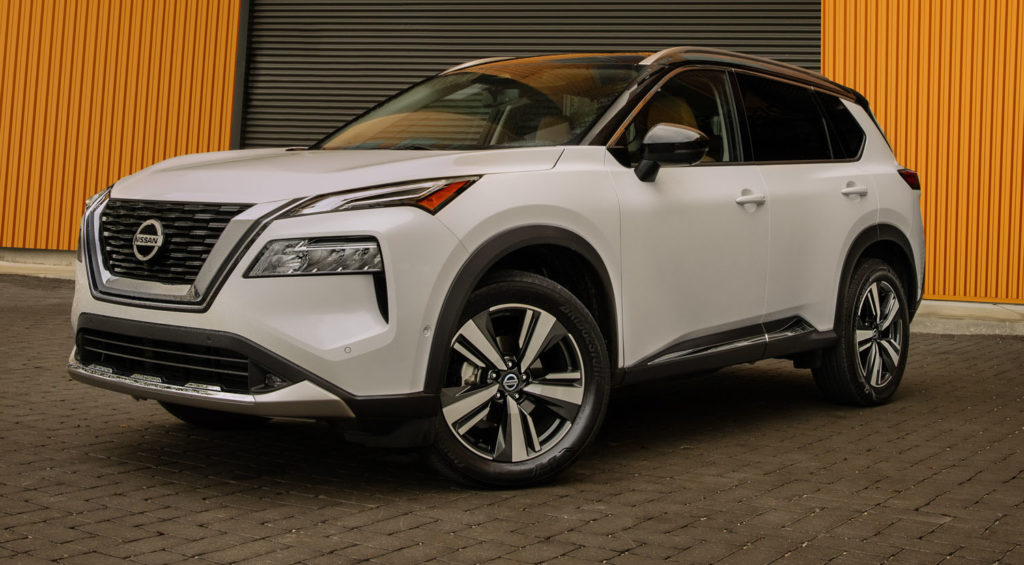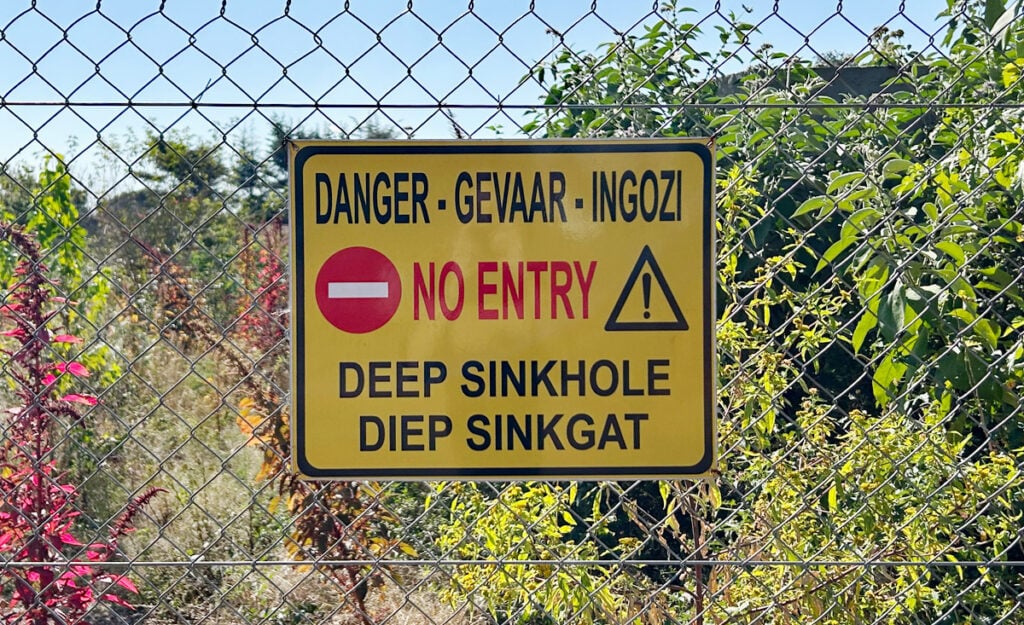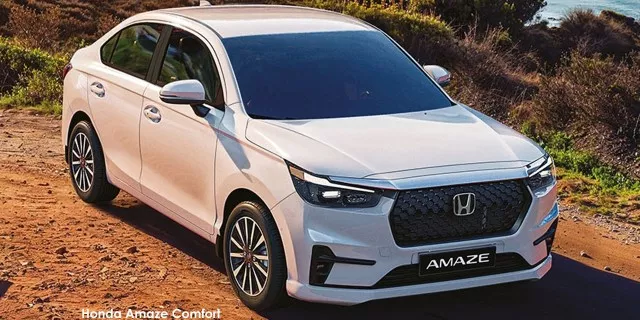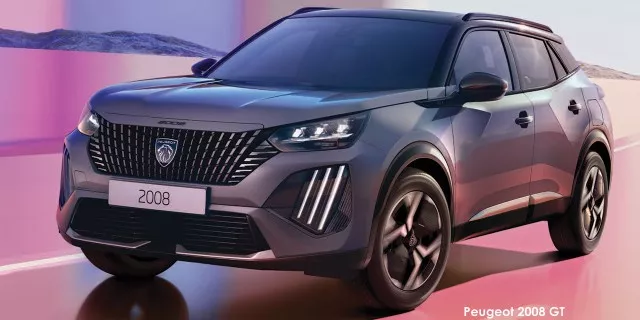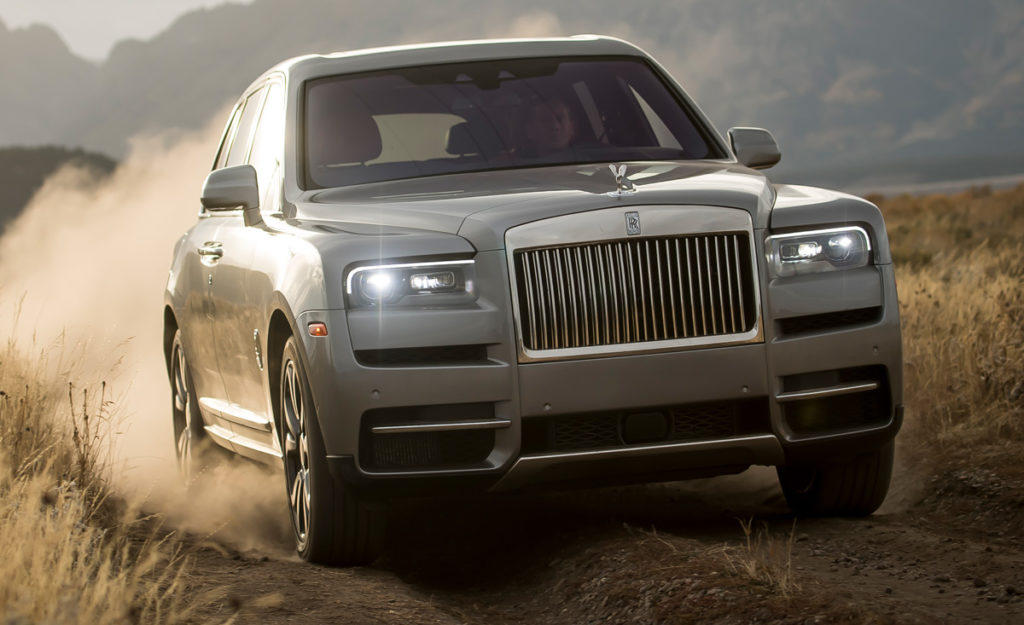
Despite the negative effects of the ongoing pandemic and semiconductor shortage, many vehicle manufacturers have recorded record sales over the past year.
Many of these brands – be they highly-exclusive or mass-market focused – have attributed these excellent sales figures to their SUVs.
We set out to discover just how much these SUVs contributed to the companies’ sales.
Aston Martin
Aston Martin quadrupled its earnings in the second quarter of 2021 due to the surge in demand for the DBX.
Thanks to this SUV, the company’s earnings jumped from R824 million for the same period in 2020 to R5.49 billion in 2021. This signifies a turnaround for Aston Martin, after it nearly went bankrupt in 2018.
According to the company, the DBX accounted for more than half of its deliveries during the period.
“The new SUV and limited-production special models helped drive average selling prices up to 150,000 pounds (R3 million) in the first half, a 24% jump from a year ago,” reported Bloomberg.
This means that the Aston Martin DBX alone made around R2.75 billion in revenue for the company during the second quarter of 2021.
If the DBX were to be sold globally at its South African starting price of R3,899,000 – this would equate to roughly 705 units sold during this period.
Ford
Ford is one of the manufacturers that were hit the hardest by the semiconductor shortage, due to a fire at the factory where the company sources most of its chips.
Despite this, the company reported second-quarter earnings of $1.1 billion (R15.8 billion) and increased its yearly earnings forecast by $1 billion (R14.38 billion) – largely due to the rising interest in models like the Bronco SUV and F-150 Lightning.
According to Ford, the Lightning has now secured more than $12 million (R172.6 million) in build slot deposits for the company, with the Bronco receiving “similarly high” demand.
This means Ford’s Bronco SUV accounted for roughly 1.1% of the company’s earnings in the second quarter of 2021 long before it met its first owner.
Nissan
According to Nissan Chief Operating Officer Ashwani Gupta, the company saw a sharp increase in sales towards the end of the second quarter of 2021 – “with significant contributions from new models”.
One of the standout new models for the company includes the Nissan Rogue SUV, which helped sales in the North American market since late 2020 when the new-generation was launched.
In the second quarter of 2021, Nissan reported an operating profit of 76 billion Yen (R9.98 billion).
Rolls-Royce
Rolls-Royce can’t keep up with demand for its high-end cars, with its Cullinan SUV headlining the order books.
Customers wanting one of these R10-million SUVs will need to wait a minimum of six months, as every build slot is already filled.
The company also noted that the semiconductor shortage did not hinder its production capacity at all.
In fact, Rolls-Royce benefitted from the situation as demand for its second-hand “Provenance” programme vehicles soared.
Rolls-Royce did not reveal how many Cullinans it sold during 2021, but did say it saw a significant uptick in demand for all its vehicles – with its SUV attracting a lot of attention.
Stellantis
Stellantis owns many popular car brands, including Alfa Romeo, Fiat, Jeep, Maserati, Opel, and Peugeot.
Despite the group of manufacturers under Stellantis suffering an aggregate output loss of 700,000 units during the first half of 2021, revenue for Stellantis soared by 42% to €32.4 billion (R551 billion).
“North America was the company’s standout region in the first half, bolstered by Fiat Chrysler’s Jeep SUV,” said Bloomberg.
The company did not say exactly how much Jeep SUVs contributed to its North American success, but did reveal that the region accounted for 16.1% (R88.7 billion) of its half-yearly revenue, with Jeep being responsible for a large part of that.
Tesla
Tesla achieved a record-breaking year in China thanks to its Model 3 sedan and Model Y SUV.
In June 2021, 11,513 Model Y SUVs were registered in China. This is a 10% drop from May, but double the figure from April.
At a Chinese starting price of 276,000 Yuan (R614,000), the Model Y brought in R132,500,000 for the company in China in June – and roughly five-times as much during the second quarter of 2021.
“Tesla has introduced a cheaper version of its locally-built Model Y sports utility to boost sales in the world’s largest auto market in the second half,” said Bloomberg.
This points to the importance of the SUV to Tesla, and the strong impact its sales could have during the rest of the year.
Toyota
Toyota was the best-selling vehicle brand in South Africa for July.
The company sold 8,320 vehicles in what it called its most challenging month of 2021, with two SUVs sitting in the top five for best-selling passenger vehicles.
The company sold 685 Fortuners and 646 Urban Cruisers during July 2021, at starting prices of R589,700 and R255,300, respectively.
Assuming every vehicle sold was the entry-level model, which is extremely unlikely, this equates to at least R568,000,000 in SUV revenue for Toyota South Africa in July alone.
Volvo
Volvo’s top-selling model since 2009, the XC60, had its best performance ever in South Africa in quarter two of 2021.
This is in addition to the best-ever first half-year of sales for Volvo, as the company sold 380,757 units globally during the first half of 2021.
The XC60, at a South African starting price of R819,000, accounted for 113,500 units during this period.
In 2021, the XC60’s spot as the best-selling vehicle was taken by another SUV, the XC40.

